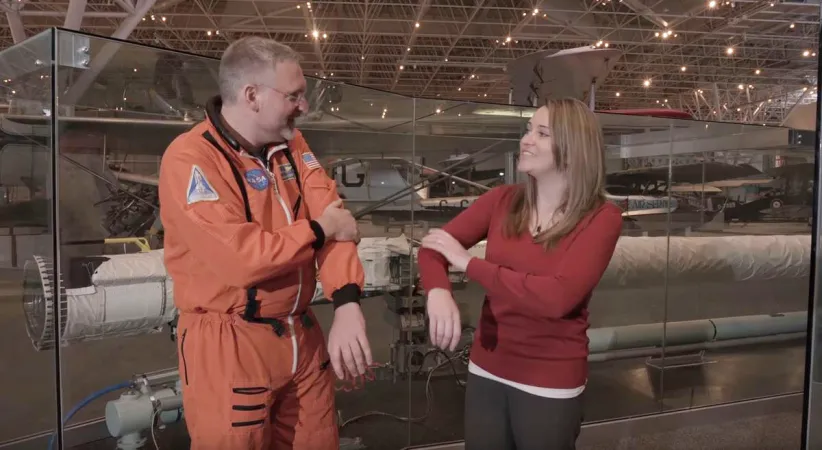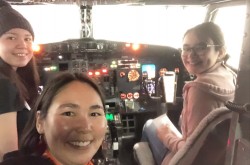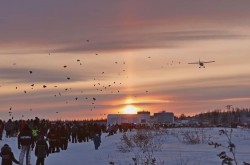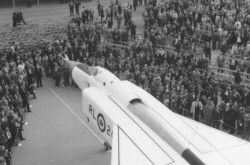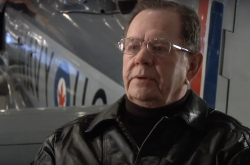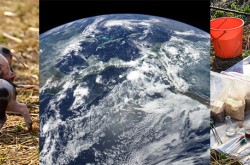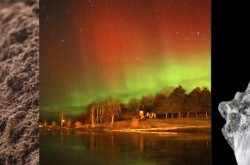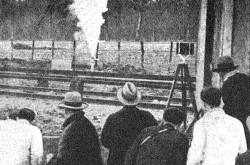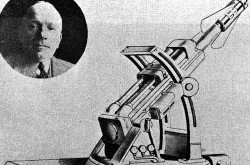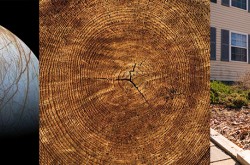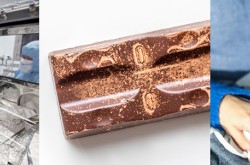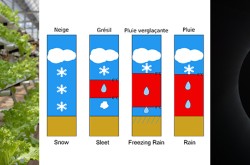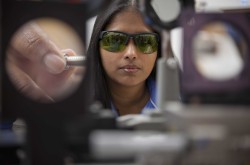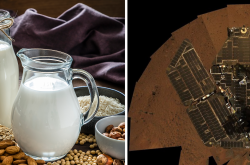Science Alive! Episode 1: The Canadarm
It has travelled 624 million kilometers, and landed at the Canada Aviation and Space Museum. Dave is joined by assistant curator, Erin Gregory to discuss the adventures of our nation’s favourite limb- the Canadarm.
Transcript
00:19
when you've come to the Canada aviation
00:21
and Space Museum you can see hundreds of
00:23
pieces of history but there's one that
00:25
you cannot miss it looks it is it's
00:29
Aaron Gregory with the Canada aviation
00:30
and Space Museum hello Aaron so what are
00:33
we standing in front of we're standing
00:34
in front of the very first Canada arm
00:35
the very first Canada so we did this
00:38
bone to space it went into space for the
00:41
first time in 1981 right and retired in
00:44
2011 30 years and how many times does it
00:47
go into space it went to space 23 times
00:49
I travelled 153 million kilometers Wow
00:52
yeah can we touch it no why not it went
00:56
into space well of course but people you
00:59
know picking at it and tearing the
01:00
blankets and the wires you know we don't
01:02
have maintenance crews for that this is
01:05
basically handmade that's right yeah it
01:07
was built over the course of the 70s and
01:09
/ swing space in the early 80s and had a
01:12
very long illustrious career now how
01:14
many parts are there to the Canada
01:16
there's a few parts so the first part is
01:19
the shoulder shoulder you have the upper
01:21
boom right the elbow it really is an arm
01:23
it really is an arm lower boom yeah the
01:26
wrist joint yeah and the end effector so
01:29
which end is this this is the end
01:31
effector okay so the end effector
01:33
essentially the hand yes so on the face
01:36
of it you'll see a wire snare device
01:39
that's what it uses to grip so it lines
01:42
up with a special grapple fixture and
01:45
connects right and then grabs on so we
01:48
can do soft docking it can hold things
01:51
stationary it's actually quite dexterous
01:53
for for what it looks like cuz it
01:55
doesn't look like there's a neat doesn't
01:57
at all but that's the that's the design
01:58
of the grapple feature and when the
02:00
space shuttle Columbia blew up the role
02:03
of the cannon arm changed it's true
02:05
Columbia had some shuttle tile damage
02:07
and upon reentry that caused an
02:10
explosion and disintegration of the
02:11
shuttle and the loss of the entire crew
02:13
right this was a great tragedy obviously
02:15
that NASA wanted to avoid in any future
02:18
shuttle missions and basically either an
02:21
inspection boom was built to go on the
02:23
end of the canadarm2
02:25
extend its reach okay there was a camera
02:28
system put on the end of that inspection
02:30
boom that was developed by a company of
02:32
Canada called neptr yes a great company
02:35
yeah so laser laser camera system or LCS
02:38
and that basically took 3d scans surface
02:42
scans so the art without long enough
02:43
they could see yeah right under curl
02:45
right underneath and scan the whole
02:46
belly and any other hard-to-reach areas
02:49
that that other cameras couldn't
02:51
couldn't detect any damage and then what
02:53
would they do with the scans they would
02:55
send the information back to earth where
02:57
3d prints were created the 3d prints
03:00
were sent to NASA as well and the French
03:03
were made in Ottawa yeah and Sun to
03:06
Santa NASA and then NASA would examine
03:08
the damage and decide whether or not a
03:11
spacewalk was going to be required for
03:12
to repair the tile or if the damage you
03:15
know was it was deemed to be you know
03:17
not significant enough to prevent
03:19
re-entry or to cause you know cause any
03:21
other disasters on reentry
03:23
so other than the Canadarm what else is
03:24
there to see here well we have lots of
03:26
great staff at the Museum currently we
03:28
have Chris Hadfield Sokol suit on
03:30
display and we also have locals through
03:32
the SoCo seat so it's the only worn
03:34
space that's right to and from the space
03:36
station aboard the Soyuz cool and we
03:39
have the life and orbit exhibition if
03:41
you're interested in learning more about
03:42
the International Space Station Aaron
03:44
Gregory from the Canada aviation and
03:46
Space Museum thank you for the tour
03:47
thank you for coming



